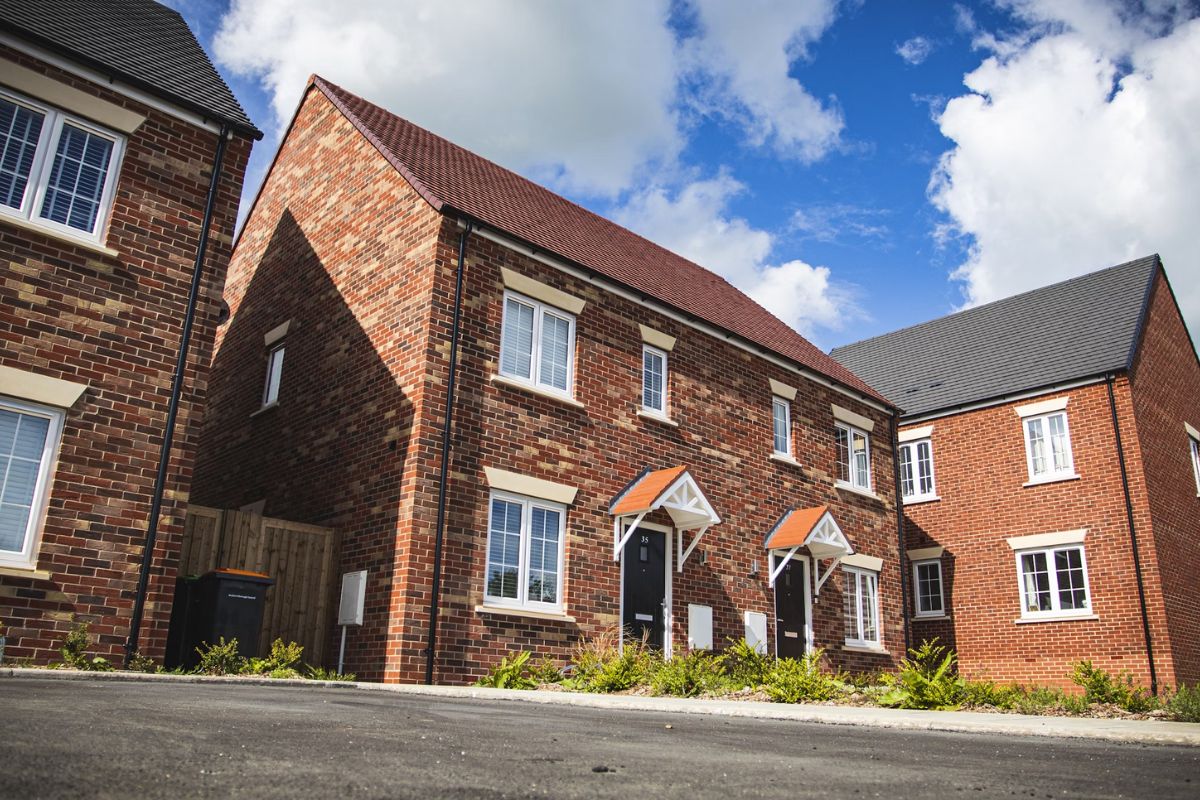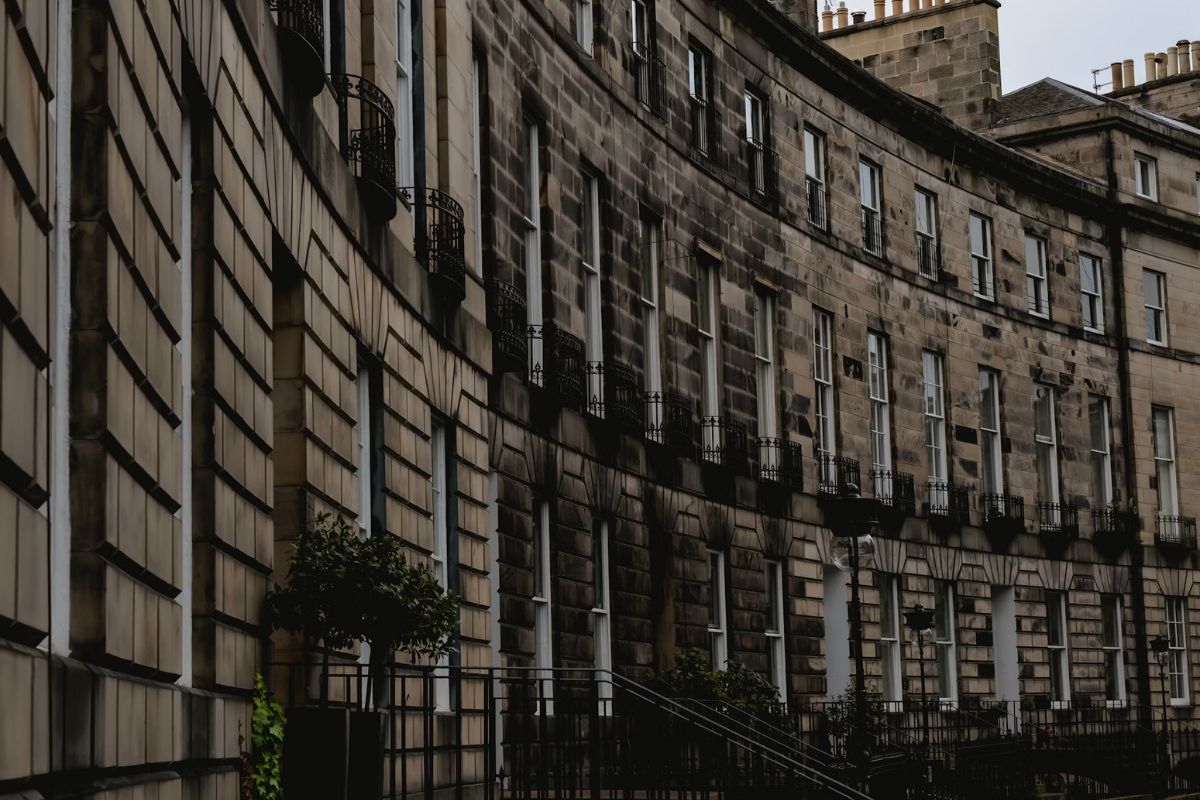What Is the State of Play for Stamp Duty in the UK?

Since 1st April 2025, two major stamp duty thresholds have changed for residential property buyers in England and Northern Ireland. This means buyers in both countries will pay more stamp duty land tax (SDLT) than they would have if they had purchased before 1st April 2025.
Pre-1st April 2025, no SDLT was due on the first £250,000 of any property transaction. This rose to £425,000 for first-time buyers, taking many out of SDLT altogether.
Table of Contents
ToggleSDLT Paid In March 2025 Was Up 63% Year-On-Year
According to recent data from HM Revenue and Customs (HMRC), UK home buyers forked out £1.4bn in SDLT through the month of March 2025. This represented a 34% month-on-month increase, as well as a 63% year-on-year rise.
So far in 2025, homebuyers have committed upwards of £3.3bn in SDLT to avoid the so-called ‘cliff edge’ of the changing SDLT thresholds.
When April rolled into town, the 0% SDLT threshold fell to £125,000, which was the previous threshold before the Mini-Budget held in September 2022. The 0% SDLT threshold for first-time buyers also dropped from £425,000 to £300,000, in a blow for first-time buyers looking to purchase in major towns and cities where property values sit well above the national average.
Several mortgage brokers across the UK revealed that some of their buyers had cut ties with sellers as they were unable to complete their transactions before 31st March 2025.
There will have been many sellers equally as disappointed, since many will have planned to upsize and move to bigger properties. Although sellers may have felt like there was nowhere to turn, there was always the option of using a cash buyer to close a deal and keep their next purchase alive and kicking. Using a cash buyer to take on a property remains the fastest way to close a sale in the UK. Owners looking to sell a house fast at We Buy Any Home can receive funds in as little as seven days. As with other buyer demographics, cash buyer portals like We Buy Any Home must pay SDLT on their purchases within 14 days of completion.
How Much Does The Treasury Recoup From SDLT?
Stamp duty was first levied on property transactions in England in 1694, so it’s by no means a new concept. In the most recent 2023-24 tax year, approximately £11.6bn was raised in SDLT. However, this was significantly down on the £15.4bn taken in SDLT during the 2022-23 tax year.
This may allude to a deceleration in property demand in 2023-24, as the UK adjusts to the mortgage rate picture in a new interest rate environment.
Although the SDLT take for the Treasury was the lowest in 2023-24 across the last four tax years, the latest 2024-25 was by far the highest. It even pipped the 2021-22 tax year when the property market jolted back into life post-pandemic.
The latest figures from HMRC show that SDLT for 2024-25 rose by £3.4bn to £18.3bn between April 2024 and March 2025. This further underlines the rush of many homebuyers to close deals and avoid incurring SDLT.
It was also a rush for property investors, since prior to 1st April 2025, they wouldn’t have to pay the now higher rates of SDLT surcharge for buying additional homes.
What Are The SDLT Rates In Scotland And Wales?

SDLT is labelled differently in Scotland and Wales. In fact, SDLT is only applicable in England and Northern Ireland. In Scotland, it’s called the Land and Buildings Transaction Tax. In Wales, it’s known as the Land Transaction Tax.
The Land and Buildings Transaction Tax replaced SDLT in 2015 for Scottish homebuyers. It’s now a tax that’s set by the Scottish government, with the system overseen by Revenue Scotland.
The Land Transaction Tax in Wales usurped SDLT in 2018 for Welsh homebuyers, as more devolution powers were granted by the UK government.
The Land and Buildings Transaction Tax thresholds in Scotland haven’t changed since April 2021. Homebuyers don’t pay a penny in LBTT under £145,000, with a 2% flat rate applied on any value between £145,001-£250,000.
The LBTT rate rises to a 5% flat rate on any value between £250,001-£325,000 and a 10% flat rate on any value between £325,001-£750,000.
The Land and Transaction Tax thresholds in Scotland have been fixed since 10th October 2022. Welsh homebuyers don’t pay a penny in LTT on properties valued at £225,000 or less.
A 6% LTT flat rate is applied on any value between £225,001-£400,000. For instance, a homebuyer purchasing a £250,000 property would only pay 6% LTT on the £25,000 above the 0% threshold (£225,000).
How Is SDLT Normally Paid?
The SDLT calculation and payments are normally handled by conveyancing solicitors on behalf of buyers. It’s part and parcel of their service. However, it can be paid directly to HMRC online too. Some homebuyers still prefer to pay their SDLT by cheque or cash with their high-street banks.
Some mortgage lenders will even allow homebuyers to add the cost of their SDLT on top of the mortgage. This means the lender settles the transaction upfront and the buyer settles the cost over the duration of the mortgage.







